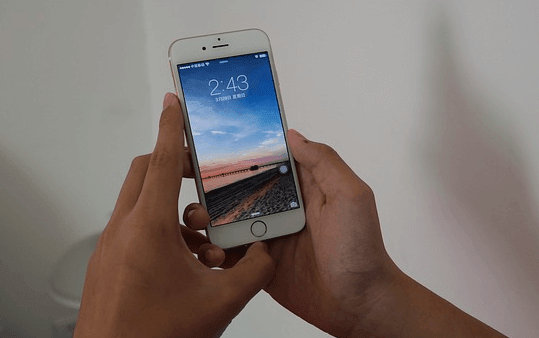The changing voice dynamics and soon to be launched Reliance Jio’s 4G services is providing momentum to Voice over LTE (VoLTE) in the country. The incumbents, Bharti Airtel, Vodafone India and Idea Cellular are likely to focus on VoLTE in the coming few years. In fact, Airtel and Vodafone have already awarded IP Multimedia System (IMS) solution deal to Nokia. Incidentally Nokia has also bagged $100 Million IMS contract from Reliance Jio last year. (See: Airtel, Vodafone To Start VoLTE Battle Against Reliance Jio.)

On the other hand, Idea Cellular has said that though it has the capability to introduce VoLTE it will do so only when the market and ecosystem has matured. VoLTE enables service providers to offer both voice and data services without switching between different frequency bands. Though it is similar to Voice over IP (VoIP)
Though all the three service providers have launched 4G, they offer voice through Circuit Switched Fall Back technology and not VoLTE. RJio is banking on VoLTE technology to offer voice services. The company claims VoLTE will enable it to offer superior voice services to its subscribers. While initially lack of VoLTE devices was a major impediment in deployment of this technology, slowly but surely the market is moving towards increased adoption of VoLTE.
This is led by Reliance Jio, which had to launch a devices brand, Lyf to develop VoLTE device ecosystem. Lyf has emerged as the third largest The success of LYF is likely to inspire other device manufacturers to bring out VoLTE devices in the market. Now VoLTE smartphones are available for as little as Rs 2,999. Not just global devices makers but Indian manufacturers like Karbonn and Lava have launched VoLTE devices.
Changing Voice Dynamics
However, it is the changing voice dynamics is one of the key reasons why Indian telcos will adopt VoLTE much sooner than expected. While the maximum revenue is coming from voice, there is little doubt that voice margins are under pressure for most of the country’s telecom service providers. The telcos are facing huge threat from OTT players such as Whatsapp, Viber and Skype, which use telcos’s network to offer voice at a cheaper rate. With VoLTE the service providers would be able to offer voice at a similar price and thus reducing the outflow of their voice revenue. Nearly 70 to 80% of the revenue of Indian service providers comes from voice. VoLTE offers opportunity (See: WhatsApp With Voice Revenue In India.)
However, it is the changing voice dynamics is one of the key reasons why Indian telcos will adopt VoLTE much sooner than expected. While the maximum revenue is coming from voice, there is little doubt that voice margins are under pressure for most of the country’s telecom service providers. The telcos are facing huge threat from OTT players such as Whatsapp, Viber and Skype, which use telcos’s network to offer voice at a cheaper rate. With VoLTE the service providers would be able to offer voice at a similar price and thus reducing the outflow of their voice revenue. Nearly 70 to 80% of the revenue of Indian service providers comes from voice. VoLTE offers opportunity (See: WhatsApp With Voice Revenue In India.)
Besides VoLTE will allow service providers to deliver a new set of standards-based services generally referred as Rich Communications Services or RCS. Video calling, real time language translation, video voicemail and instant messaging are some of the services, which can be offered through RCS. Though these services are already being available through third-party apps, VoLTE will allow people to use these services directly without opening a different app. With VoLTE the traditional 2G spectrum, which can be now used for more lucrative Internet of Things (IoT) and Machine-to-Machine (M2M). However, the ecosystem is yet to be developed and subscribers would find it difficult to make calls between two VoLTE networks.
The incumbents are likely to deploy VoLTE to protect their voice revenue.















